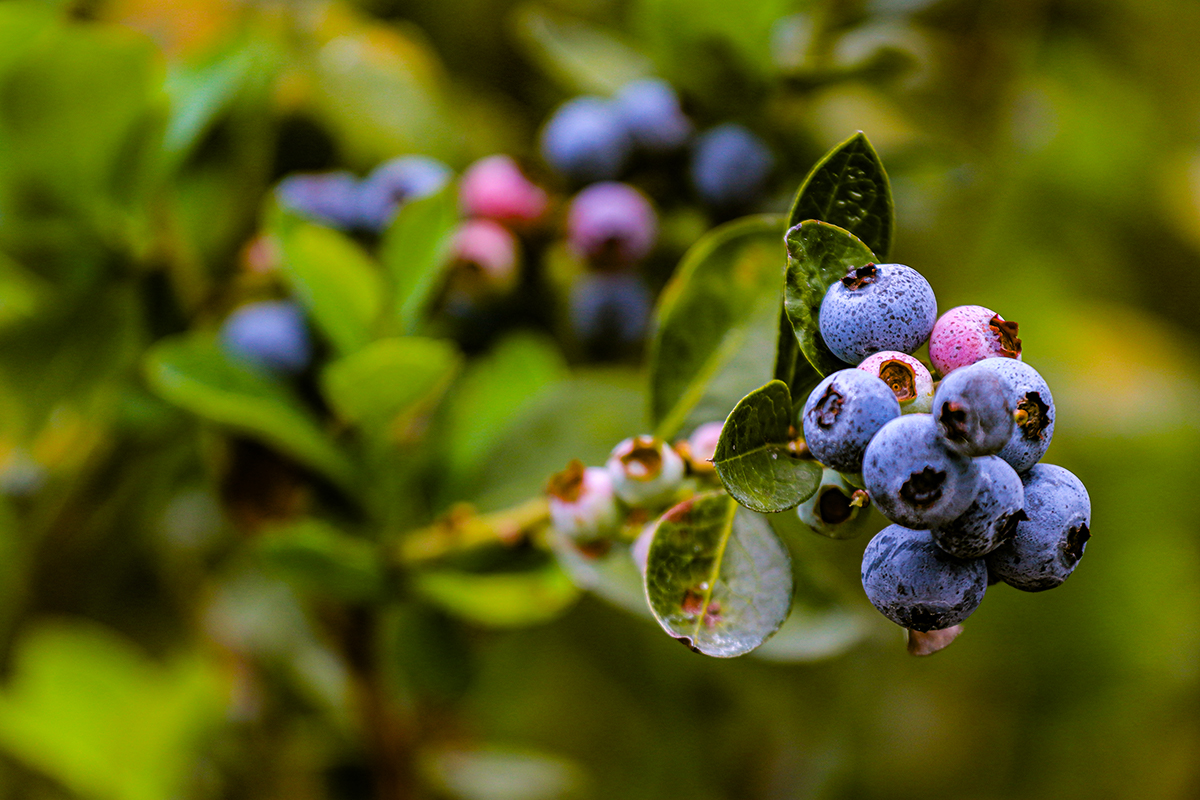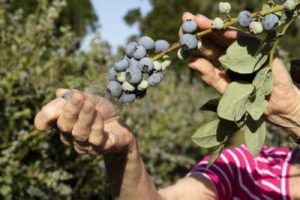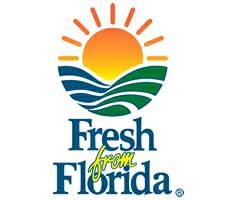History of Florida Blueberries

In the U.S. blueberries were being enjoyed by Native Americans when Europeans first arrived. Florida’s history of blueberries began with wild berries in the late 1800s. The industry declined in the 1920s and it wasn’t until the 1960s that things began to change. Around 60 years ago, Professor Ralph Sharpe began a low-chill blueberry breeding program at the University of Florida. In 1976, Sherman and Sharpe released the first southern highbush cultivars. By 1982, the highbush blueberries were shipped out of state and claimed $5/pound at a New York market. During the mid 1980s large plantings of early season rabiteyes and southern highbush were planted in north central and northwest Florida. In the 1990s, the highbush largely replaced the rabiteyes.
Hundreds of small blueberry farms have opened across Florida over the past three decades. Florida produces only a fraction of the berries that industry leader Michigan does. Florida’s berries are harvested before other locations around the country. The season gives Florida farmers an advantage by limiting their competition. Blueberries are expensive to grow, costing about $20,000 an acre to plant. And, Florida varieties produce only 4 to 5 pounds of berries per bush, while Northern bushes can yield up to 20 pounds of fruit. Florida’s biggest competition comes from overseas and places like Chile, but even with this competition, Florida can still offer a much fresher product.
Sources:
http://smallfarms.ifas.ufl.edu/floridasmallfarmsconference/postconference/2009/presentations/horticulture/blueberry_strawberry/williamson.pdf
http://www.huffingtonpost.com/2011/11/02/florida-blueberry-market_n_1071057.html





